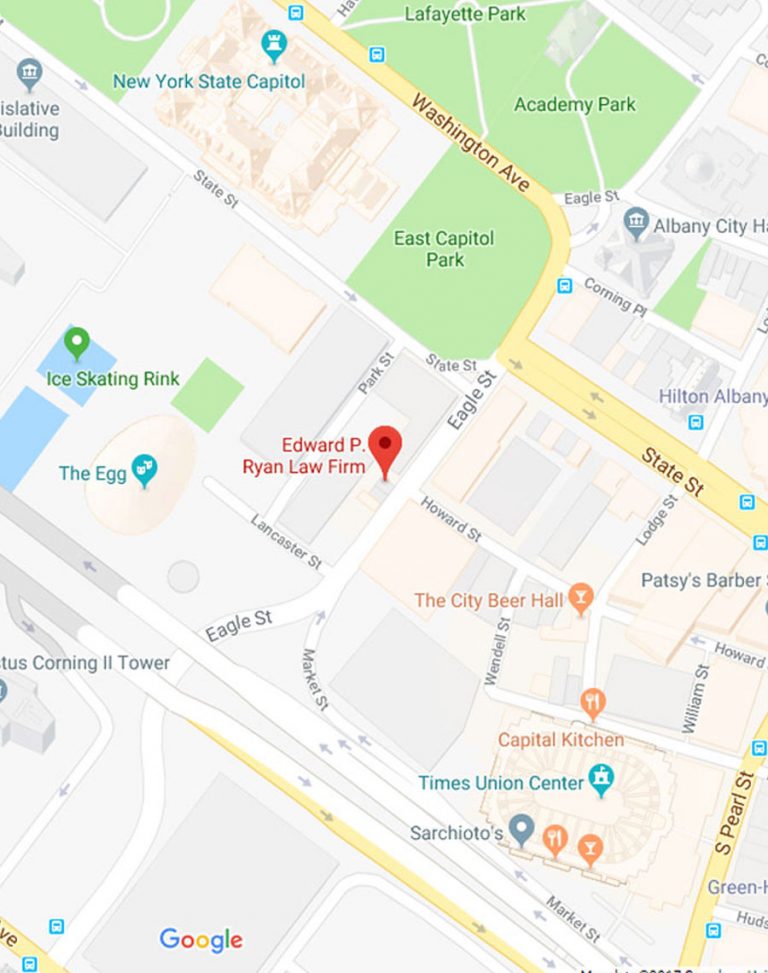Over 1 million people undergo laser eye surgery each year. While the vast majority of these patients are pleased with the outcome of the procedure, approximately 50,000 suffer vision complications, many debilitating.
Critics charge the laser eye surgery industry, also known as “LASIK,” with putting profits ahead of quality treatment. To be sure, most doctors who perform the procedure are reputable and well trained. Unfortunately, with the intense competition to win patients, many clinics have reduced prices to levels that are unsustainable. In order to recoup lost revenues, laser clinics are forced to schedule dozens of procedures each day, potentially compromising the safety of the patient. The result? Five percent of those who undergo LASIK will suffer from a reduction in vision, dry eyes, inflammation, or difficulty in driving at night because of sensitivity to glare. While often temporary, some of these adverse outcomes may be permanent.
Laser eye surgery takes about fifteen minutes. The doctor cuts a flap on the front of the eye, moving it out of the way in order to access the cornea. The doctor then reshapes the cornea in order to correct the vision problem.
It is the seemingly simple and fast paced nature of the procedure that entices many patients to seek out laser eye surgery. However, as with any medical procedure, there can be complications, and despite lengthy consent forms, many patients do not appreciate the risks.
With the increasing number of LASIK related errors, many disgruntled patients are turning to the courts for compensation. Over 100 medical malpractice lawsuits have been filed, with some patients winning hundreds of thousands of dollars against negligent doctors and clinics.

